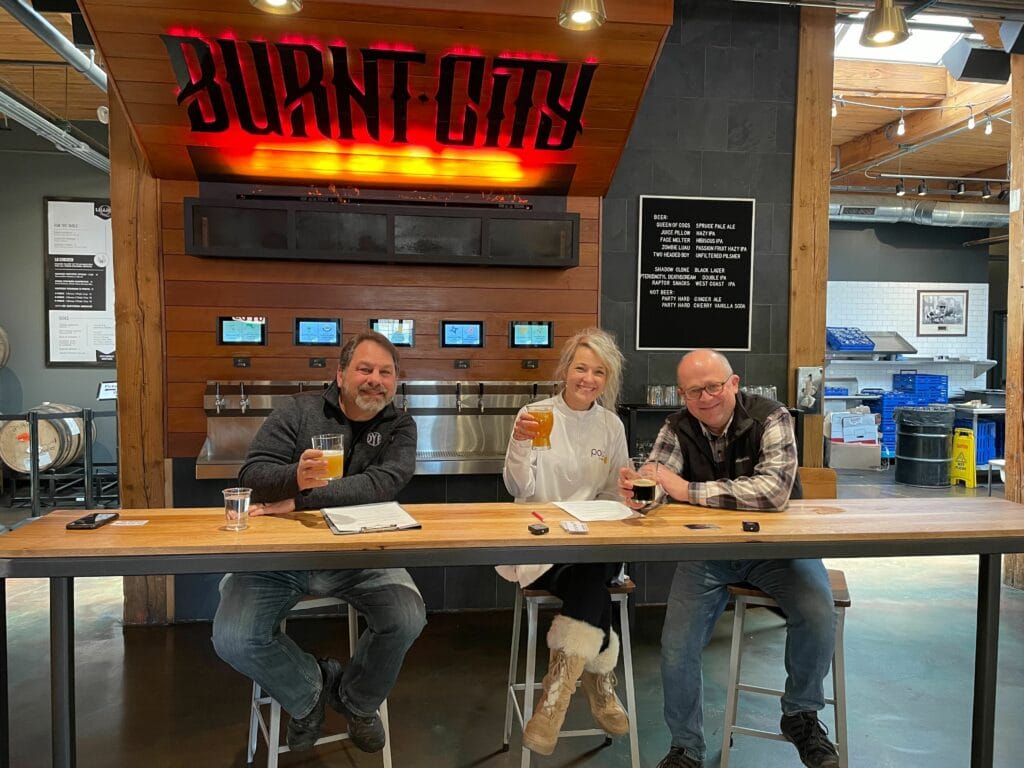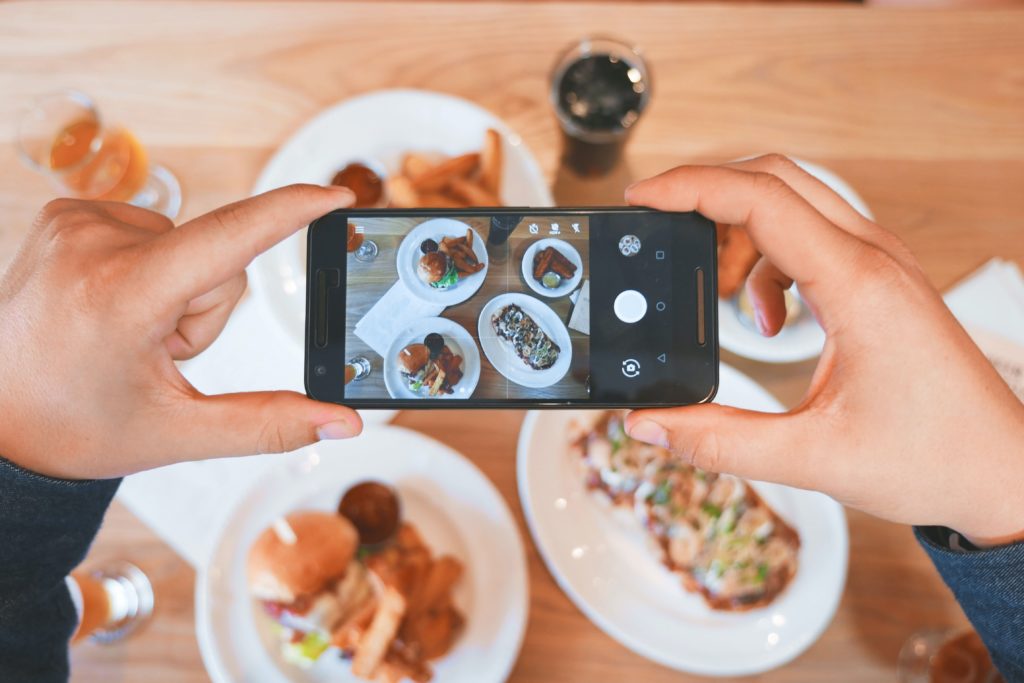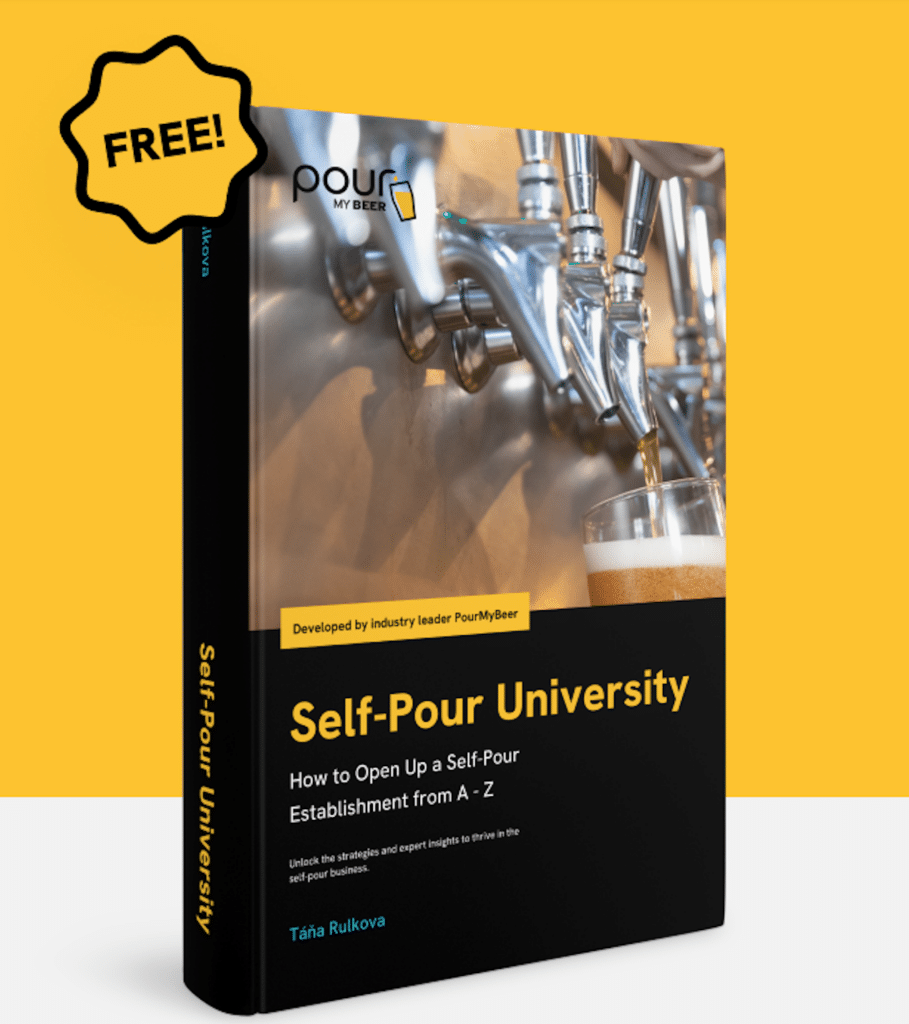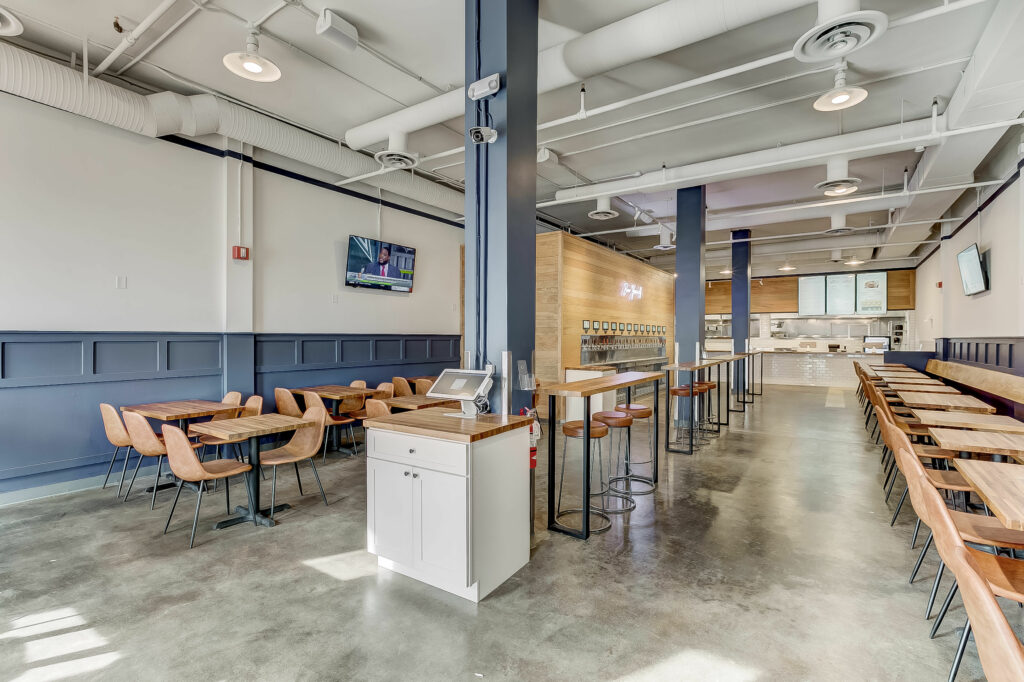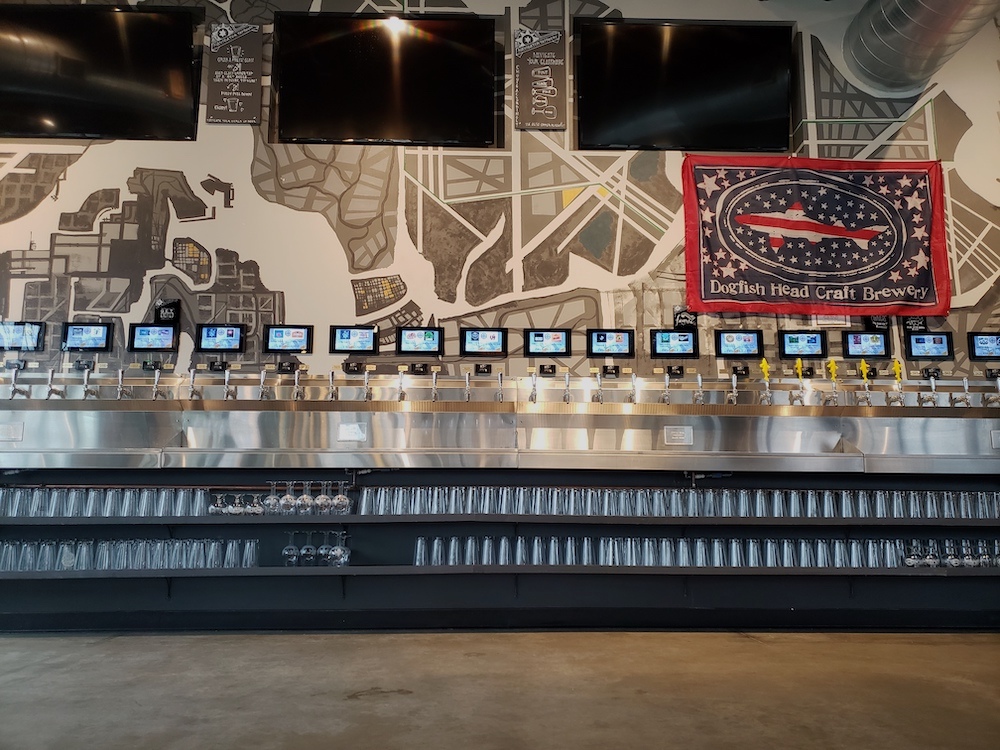How District Brew Yards Went from Idea to Reality
District Brew Yards, a self-pour brewery collective in Chicago, Illinois, is one of our most successful self-pour locations! Not only is this location unique because of the four breweries operating under one roof, but Greg Lamacki and Steve Soble, Co-Owners, have a wealth of knowledge and experience, which has led them to success! As operators with decades of experience, we knew they would be the perfect operators to interview for our first-ever Lunch & Learn Workshop in partnership with Toast POS!
During the workshop, attendees and other self-pour operators flew to Chicago for a day of learning and fun at District Brew Yards. We sat down with Greg and Steve to ask them how they took their idea to create the nation’s first self-pour brewery collective from an idea to reality. We spoke about everything from choosing self-pour technology and permits and licenses to negotiating leases and managing your pricing structure. But before we get started with the interview, let’s give you a virtual look inside District Brew Yards! The four breweries operating at the “Brew Yards” are Burnt City Brewing, ATB Beer Co., and Casa Humilde. Check out the video below to take a peek inside.
Meet the Interviewees
Let’s introduce you to Greg Lamacki and Steve Soble and tell you a bit about their backgrounds in the industry!

Greg Lamacki
COO of District Brew Yards and Spare Time Inc.
Greg has been in the hospitality industry since 1986. He worked at the Original Doubletree before it sold to Hilton, Caesars Place Las Vegas before the Mirage, and even Caroline’s Comedy Club, in NYC, where Jerry Seinfeld was top act. Greg has experience working in just about every hospitality venue type. With decades of experience under his belt, he has extensive knowledge of owning and operating in the hospitality industry.
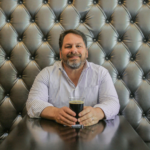
Steve Soble
Co-Owner of District Brew Yards
Steve Soble is the founder of Burnt City Brewing. After graduating from Dartmouth College in 1986, Mr. Soble began his career at The Quaker Oats Company in Chicago in brand management. In 1989, he left Quaker to open his first of over 20 independent businesses. Steve founded Burnt City Brewing in 2012. In 2019, Steve started District Brew Yards, a collective brewery housing 4 breweries, a bottle shop, and a restaurant in the West Loop of Chicago.
Now that you’ve had a look inside District Brew Yards and met Greg and Steve, it’s time to get started with the interview! If you’d like to watch the full recording of the workshop, fill out the form below.
During the interview, we asked Greg and Steve questions about the various stages of opening District Brew Yards. Below, you’ll find answers to questions that you’ll have along your journey of opening a restaurant.
GETTING STARTED
Why did you choose to have self-pour technology over a traditional bar setup?
Steve:
We started with a vision/idea of going into a brewery and not feeling judged. I have felt judged when going into some breweries by the bartenders asking what kind of beer I wanted. We centered District Brew Yard’s entire concept around: “No one comes between you and your beer.” Aside from that, we knew we had to pivot to a new model because tipping was too much of an issue – the back of the house was not getting paid enough, and the front of the house was getting constant increases in tips relative to the price increases.
We wanted to create a concept that put together a different service model where we took the issue of tipping away and reduced interaction with servers. We wanted to rethink our labor costs. However, District Brew Yards does not focus on reducing labor but instead changing the model and the interaction.
Greg:
The amount of sampling at our brewpub, Burnt City Brewing, took tremendous labor to deliver it to the customer on a flight board just to get them to try something. PourMyBeer eliminates all of that. From a statistical basis, our average pour is 6.5 ounces. The self-serve system allows sampling – rarely do we see a 12-ounce pour. Fit your concept to what the PourMyBeer system can do best and use it as a tool.
How long did it take from the conceptualization of District Brew Yards to actually open the doors?
Steve:
It was a long process – we went through many iterations. In 2017, I went to a food hall and asked myself, “Why are there no food halls for beer?” That was our inspiration for what we did with four breweries operating under one roof. We found our venue in the fall of 2017 and didn’t open until April 2019, so that tells you how long it took from concept to reality with all of the changes we made along the way. We’re on track to open our second location in Wheeling, IL, we found the venue in August, closed on it in December, and we hope to be open this summer.
Greg:
There’s a tremendous amount of preparatory work that goes into the process. It takes a while for you to conceptualize to open, but once you get to the point where you’re ready to start building and opening, we hope to turn it around in about 16-18 weeks. Your permits and licensing can take months, depending on where you’re located.
How many permits and licenses do you need before you can open?
Greg:
You need a liquor license to operate and permits to allow you to build. Then, you’ll need a business license to operate and a food license to serve food.
Steve:
If you want customers to take food out of your establishment, you need an off-premise license. As a brewery, we also need a brewpub license and a federal brewers’ notice with the TTB to produce beer through the Department of Alcohol, Tobacco, and Firearms. We also have a policy that no guests under 21 years of age are allowed inside. Whenever a guest comes through our doors, we check their ID, match it with their credit card, and set them up with a PourMyBeer pour card. By asking for the ID right away, we are satisfying all the requirements set by the city of Chicago and the state of Illinois to prevent anyone underage from getting in.
To learn more about the permit and licenses needed to open a restaurant in your area, click the button below.
How do you choose the location? What are things to look for?
Steve:
It’s definitely a little bit of art and a little bit of science. I’ve picked some terrible locations in my day, but I’ve also picked some that are so good I couldn’t believe I chose them! It’s hard. You have zoning issues to deal with, especially for a brewery, which leads to the question of where you can open. It’s difficult to pick a location, but it depends on what your use is, and it varies based on many factors. Can you get financing for the location you want? You’ll always experience difficult sellers and landlords. It’s a complicated transaction, and it takes a while. Make sure you look at a lot of different options.
Greg:
Figure out what your concept is. Look at other self-pour technology providers and understand why you want to add this technology to your operations. Match what you’re doing with PourMyBeer and what your offerings are to the type of place you want. Then you can find your location.
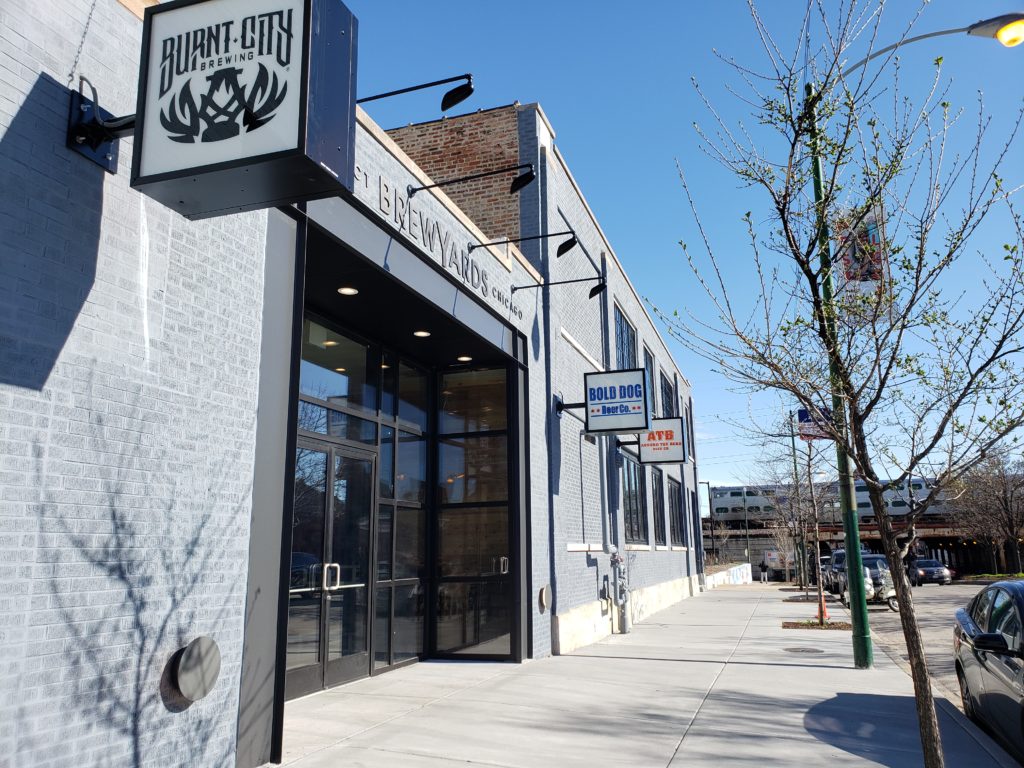

How do you approach lease negotiation?
Steve:
The landlord will come at you with their starting point – and you want to let them start because it will give you a format to negotiate different terms (usually dollars per square foot). There should be some sort of tenant allowance. For example, this venue is 18,000 square feet, and we will offer $50/square foot in tenant improvement allowance. Then you’ll have free rent that you’ll want to discuss. Typically, you’ll also want to have contingencies where you’ll say this is contingent on us getting a license. Tie the timing to that as well (when you’ll apply for your license and how long it will take). Is there equipment already in the venue? All these things have implications. Usually, in a landlord situation, there is something called CAM (Common Area Maintenance) detailing who does what in a lease. You want to get the landlord to give you a letter of intent first to see what their parameters are and then plug it into your parameters on the business side to figure out how much you want to pay. In general, you want to be below a certain percentage for occupancy cost (no more than an 8% occupancy cost relative to your sales, lease, property taxes, insurance, and CAM). Sometimes you’ll make some compromises. If you go above 12% in occupancy costs, it will be tough to make money.
Buying a property requires a lot of capital upfront, whereas when leasing, you can put everything into your business. We decided to buy real estate to control our destiny. Leasing is an easier way to go because you don’t need the same start-up capital that you would need when buying. I will say, if you can figure out a way to buy your real estate, I would always recommend that. I also recommend trying to get a 504 SBA loan, as it requires less capital. It is hard to get, and it’s very specific, but only has a 10% down payment.
Did you do any marketing/advertising before opening your doors?
Steve:
We did some PR. Really, we wanted to do a soft opening, and we pitched the story to a couple of writers, and someone from The Tribune came in and loved our concept. He wrote about it in The Tribune, and we said, “Okay, that’s all we’re doing until we can figure out what happens – we have to get the operation going.” We didn’t have time for that. We opened the next day and had a huge crowd come by, and really that was it. Beyond PR, we developed our social media channels and our “Suds Club,” which is our membership program through Toast POS. This is really critical for us to market to our customers. Between social media, PR, and direct marketing through Toast, we’ve really been able to get our business to a great spot.
Greg:
Aside from POS systems having robust financial data that you want to use, they come with all the features and capabilities you need. Now, they allow you to do online ordering, email marketing, and frequent diner programs. You can use every module through the POS in conjunction with the PourMyBeer system because they communicate with one another. So we ask customers on their way out if they’d like to join our loyalty program. If they do, they get an email and receive 100 points worth $10. For every 100 points they spend, they receive another $10. We currently have over 6,200 members and counting.
We also did a significant amount of social media marketing to tell our market we were opening. One of the great things about PourMyBeer is that the team is wonderful, and they will get the word out about your business. Your success is their success, and they want you to succeed. Every time I see a PourMyBeer location open, their Marketing team is there, and they want your success to happen. I can’t tell you how valuable that was.
Once everything was was installed, how long did it take to open District Brew Yards?
Greg:
We’ve had substantial experience in opening restaurants. If I could give one piece of advice, it’d be to have in your mind how you want your staff to act from the ground up. At a traditional restaurant, you want to have steps of service for your servers, bussers, bartenders, etc. Opening this location was an entirely new concept that we had to figure out. We learned to make this feel less intimidating. We had to have a great script at the front door telling people when they came in, “Hey, how are you doing? We’re a PourMyBeer facility”, and “We’re a cashless and tipless facility.” Then we explain how the pour card works and how guests can buy drinks and food.
At first, we had beer wall ambassadors at each wall to explain the process again in front of the guests. Now, we have the concierge station, which allows us to say it quicker and shorter at the front because the concierge station has a mock-up of the PourMyBeer card reader to show guests how to insert their pour cards to begin pouring. In our new location, our mock-up will have a working screen so we can explain everything at the front. So, we were ready to open – PourMyBeer finished the install on a Tuesday, and by Wednesday night, we were open.
To view a sample employee script for your self-pour setup, click the button below!
Opening the Doors
What are some of the biggest lessons you’ve learned since opening?
Greg:
The biggest lesson you’ll learn from having PourMyBeer technology is that people are not bartenders. You need to train yourself and your employees to stop thinking like bartenders and to start thinking like customers and how they would look at things. The most important thing is, when they go up there and put their card in the reader and pour a foamy beer or struggle to pour, you have to be there as a helpful hand to fix those problems. If someone has a problem at the wall with foam or nothing comes out of the tap, you want to go over there, help them, and fill up their glass.
The finances of the PourMyBeer wall are like this: You’ll buy a $200 keg, and if you’re using a no-tipping method and work all of your prices in, you should get about $1,400-$1,500 in sales. This is how the PourMyBeer system has the largest impact. Since most guests are pouring samples over a full pint, you can charge more and get more for each keg that you bring in, meaning you can fill the guest’s glass if they pour foam without worrying about losing out on sales.
The second lesson we learned was that you have to be very systematic at the front door. You have to drill the script into all employee’s heads because customers are confused and don’t always understand the process.
The third lesson we learned is to give couples one card for the two of them. If they ask to each have their own card, go ahead and give them two. We have found that people will take the cards home, and having fewer cards floating around helps reduce that. You don’t want to have to buy a ton of RFID cards. We also charge $3 for cards that aren’t returned, and we’ve never had anyone complain about this.
What early stage struggles did you face?
Greg:
The one thing we got better planning for was how much beer we had. You have to have a strategy for the organization of your beer if you have a large number of taps. You’ll also need a strategy for the organization of your backups so that you don’t have a handle that goes dark for a while. If you have 40 taps and 4 or 5 have empty kegs or duplicate kegs, you’re degrading the self-pour concept because people like to sample and try different beers. We have developed a workable strategy to ensure we have very little time between keg blowing and keg changing.
When you planned out your cooler, did you have certain square footage in mind for a specific number of kegs?
Greg:
Yes. From experience, I knew how wide a keg is and how many kegs I wanted to have on tap. I knew how much space that would require and that I would need a back area. In this case, we have an 8 x 24 ft cooler for 40 taps, which is a good, standard size.

What was your experience with self-pour first-timers? Do you have any tips?
Steve:
Give the opening script/spiel and hit them two or three times with it. It was definitely helpful to have the mock-up showing where to put the pour card. Have people on the floor constantly help and teach how to pour.
Greg:
We did not want to be a tipping facility. We really wanted to get rid of it because tipping creates customer and servant relationships. PourMyBeer’s system combined with a no-tipping method creates a customer and helper relationship. Everyone who works as a “guide” tells customers how to pour, different drinks to try on tap, and provides a helpful and experiential environment.
One thing that was so gratifying was a Yelp review where two customers who didn’t know each other began talking at the wall and started recommending beers to one another. They loved the social and community aspect of the self-pour wall.

Ongoing Success
How long did it take you to meet your Return On Investment?
Steve:
We’re still waiting for that. The pandemic had a large impact, and it’s been such a strange couple of years. We feel very strongly that we will get the returns that we want. We are profitable, and we were profitable during both years of the pandemic, which is amazing. We think people are really embracing this concept.
Greg:
Buying this system is an investment, so how do you come up with an ROI from just PourMyBeer? I think the only way you can look at it is by seeing how much it costs to have staff do what we’re doing. In general, during a busy week, we’ll do 60-75 kegs of business. Compare this to a traditional bar and figure out how much labor that is across 7 days. I don’t know how you wouldn’t meet your ROI in a year, if not months.
Steve:
In terms of PourMyBeer, it’s a no-brainer. The most amazing thing about a PourMyBeer system is that the number of people you need to serve the beer doesn’t take anything. That is the real power behind this. The ability to serve 500 people on a busy summer day is effortless. Everything we have done at District Brew Yards is with the idea that people will do it themselves.

How do you keep the cost of production low in the taproom?
Greg:
Here in Chicago, you basically have a wage of $18+, which brings challenges. We’ve met these challenges with our pricing strategy, but it also means that you hopefully find people who don’t treat your job as a weigh station. The way you’re going to keep your ROI up and the business going is to make sure you hire great people, train them, and make them feel valued. This has always been the case, but even more so now that they cost more per hour and the training to replace them is huge. I would recommend being better at HR than you were yesterday. I would also recommend taking a hard look at your pricing strategy. Fairly price your product to curate a better than average program. You also want to price your items, realizing that you are giving out a better-than-average premium product. Nothing indicates quality like price. PourMyBeer allows you to do that. Put better beer on tap and charge higher prices.
How do you manage scheduling labor?
Greg:
Base labor here is one check-in person, one concierge, and one utility person that can service us on a Tuesday and a Wednesday. We add to the door on Thursday, and on Friday, we might have 2 on the door, 2 at the concierge, and one utility. You have to break down how you’re doing your check-in station and where it’s located in relation to the wall. It depends on your physical structure and what departments you assign people to. With a self-serve system, you need to hire people who are smarter, swifter, and more personable, and you need to pay them more for this concept to work. It’s not the number of staff you have in a PourMyBeer concept. It’s the quality of staff you hire.
How do you hire a great team?
Greg:
In this environment, it’s never been more difficult. You have to commit to yourself that it’s not all about the technical side. Someone with great experience could be less personable. Make sure you look for that and train for that. The people you hire as your managers have to like all people, and that will flow to your employees.

How do you compensate your employees?
Greg:
The starting wage is $18. Some people are at $20 or $22. There is no cash in this facility whatsoever.
Steve:
If you’re lucky enough to get people to apply for a job, focus on the different staff interactions. You’re here to help, not necessarily to serve guests.
Greg:
We have made it so that the schedule is guaranteed – if you’re scheduled for 32 hours, you’ll work 32 hours (maybe 31). Cutting people early doesn’t exist here. The staff knows what their pay is, and they can budget accordingly.
How do you set your pricing structure?
Steve:
We try to price things in a way that people get a decent amount for a reasonable price, and there’s no tip to add on. People have a perception that doesn’t necessarily jive with reality. You do get some resistance because that frontline price might seem high if you’re pouring a full pint, but what you don’t see is that if you’re pouring a sampler of something, it costs you more at a brewery because of the cost of labor. Overall, I think you can be more bullish because we’re not a tipping facility, and the guest is saving that 20%, and it’s going into the cost of the product.
Can you share with us the breakdown of your beverage vs. food cost?
Greg:
We’re a third food here. In our new location, we hope to be closer to 45%. We’ve partnered up with Lillie’s Q, a barbecue champion, for our food here and the chef is going to create 4 different food concepts at our next location. Our next location will have 4 breweries, an alternate beverage wall, and 4 different food concepts to give it more of a beer hall meets food hall concept. You have to find the right mixture, but I don’t think there’s a magic number there as to what percentage works.
What’s next for you?
Steve:
You’re only as good as your last location. If our new location works, we have a few ideas of where we can go. I think one of the hardest things is trying to find breweries that want to work with us, but we’re always looking! We’re only limited by how quickly we can do a deal.


Here’s a sneak peek at District Brew Yard’s second location in Wheeling, IL!
We want to give a special shoutout to Greg and Steve for conducting this interview with us! It was jam-packed with knowledge and helpful advice that we hope will set you on the right foot when beginning the journey to open a restaurant! If you would like more information on self-pour technology, contact us below!

